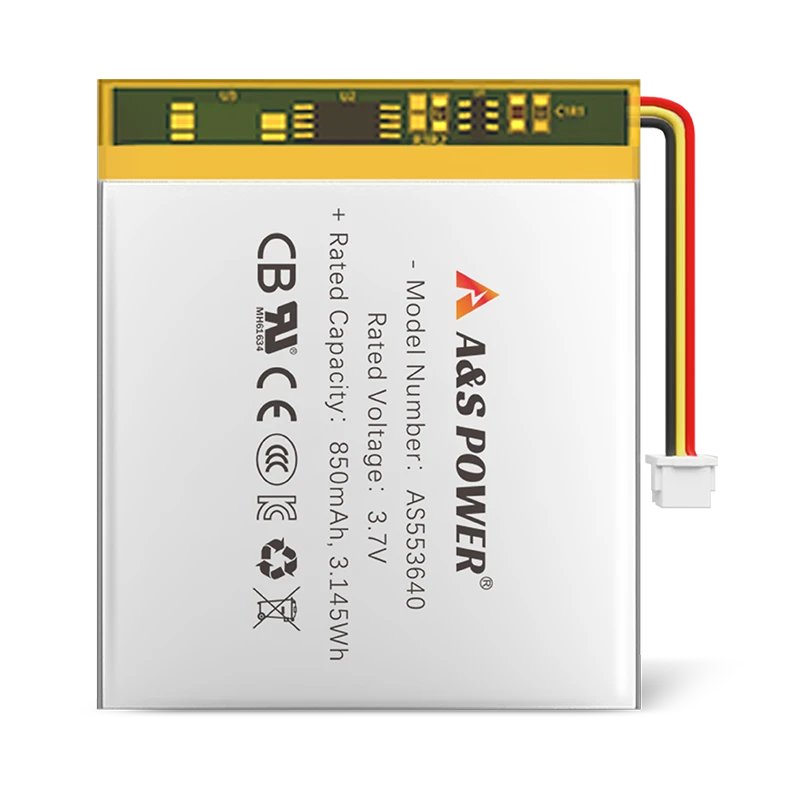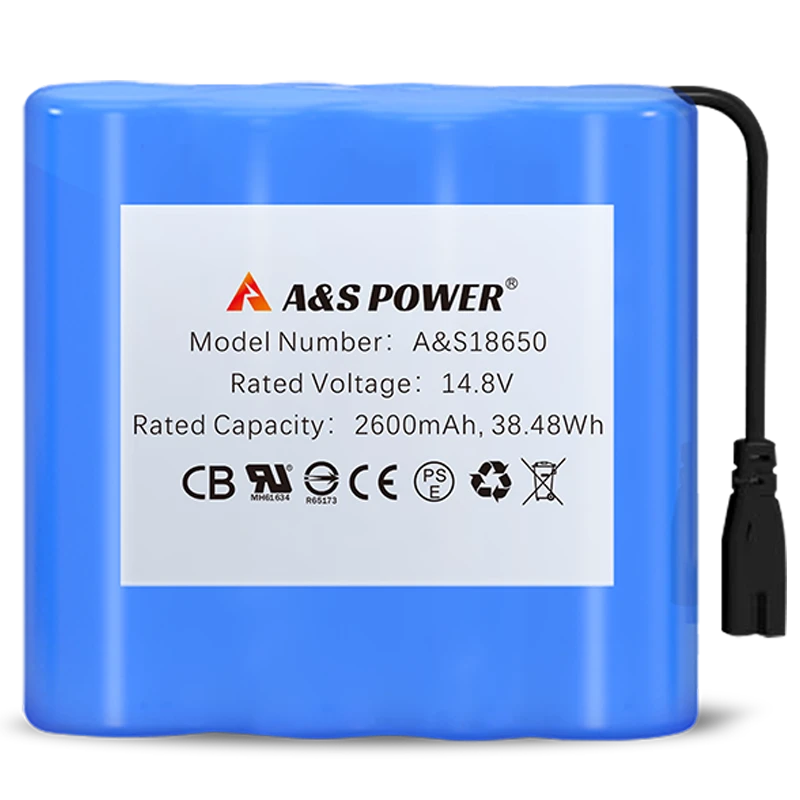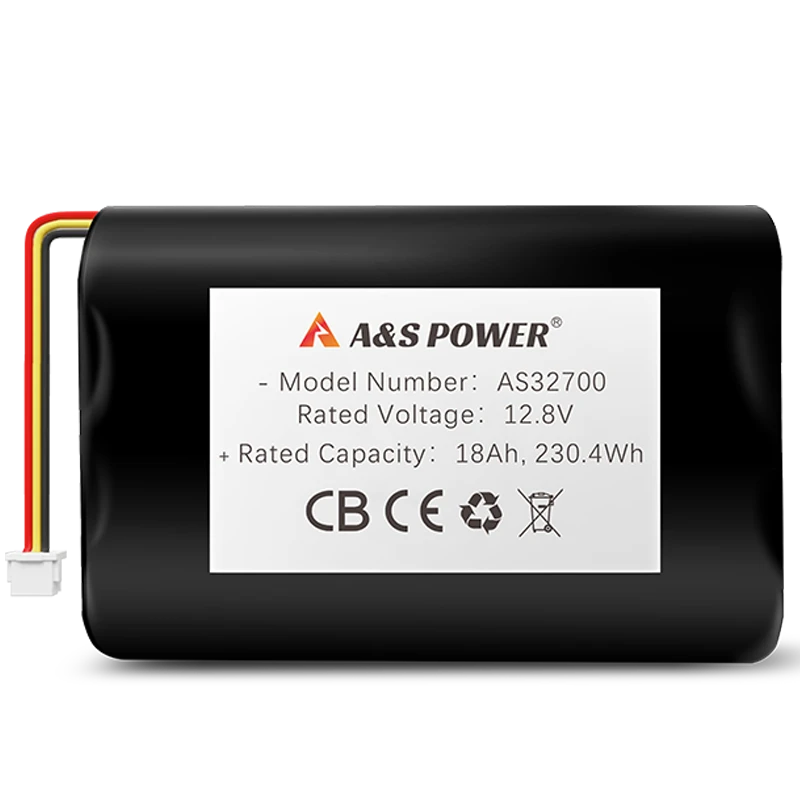Finished Product Testing of Lithium-Ion Batteries and Its Impacts
Lithium-ion battery testing is a critical process to ensure that batteries meet industry standards for performance, safety, and reliability. From smartphones to electric vehicles, thorough finished product testing plays a pivotal role in protecting consumers and strengthening manufacturer credibility.
Electrical Performance Testing
-
Capacity Measurement
Determines the total charge (in mAh or Ah) the battery can store under standard conditions, verifying alignment with design specifications. -
Voltage Testing
Assesses open-circuit voltage (OCV) and voltage behavior during charge/discharge cycles to ensure voltage stability. -
Cycle Life Testing
Measures how many full charge–discharge cycles a battery can undergo before its capacity drops to 80%, an important indicator of lifespan. -
Rate Capability Testing
Evaluates the battery’s ability to deliver current under load—essential for fast-charging and high-drain devices like EVs and power tools.

Safety Testing
-
Overcharge/Overdischarge Testing
Simulates extremes to ensure batteries do not catch fire, explode, or leak under stress. -
Short-Circuit Testing
Tests how a battery reacts to internal or external short circuits, examining for thermal runaway and structural compromise. -
Crush/Puncture Testing
Applies mechanical stress to the battery to verify resistance to deformation or internal shorting. -
Thermal Testing
Assesses performance at extreme temperatures (-40°C to 85°C), ensuring the battery maintains thermal stability without hazardous reactions.
? Environmental & Reliability Testing
-
Humidity Resistance
Exposes the battery to high-humidity conditions to detect risks of corrosion or leakage. -
Vibration & Shock Testing
Simulates real-world environments like transportation, EVs, and wearable devices to ensure structural durability.
✅ Key Benefits of Finished Product Testing
1. Ensuring User Safety
Reduces the risk of fire, explosion, or thermal runaway—crucial for applications like EVs and consumer electronics.
2. Guaranteeing Performance
Confirms batteries meet required standards for capacity, power output, and lifespan, maintaining customer satisfaction.
3. Regulatory Compliance
Essential for certification with international safety and transport standards like:
-
UN38.3 (UN Manual of Tests and Criteria)
-
IEC 62133 (IEC Standard Overview)
4. Cost Efficiency
Though testing adds cost, it reduces recalls, warranty claims, and post-market failures—saving long-term expenses.
5. Innovation Support
Helps engineers identify and improve weak points in design, such as:
-
Increasing cycle life
-
Enhancing thermal management
6. Sustainability
Well-tested batteries last longer, reducing waste and aligning with circular economy goals and environmental targets.
Conclusion
Finished product testing is a vital step in the lithium-ion battery lifecycle. It bridges the gap between design and deployment, balancing performance, safety, and regulatory compliance.
As demand rises in EVs, smart devices, and renewable energy systems, rigorous testing not only protects users but also fuels technological innovation and strengthens market competitiveness.
Investing in comprehensive battery testing today ensures smarter, safer, and more sustainable energy storage tomorrow.
-

 May.2025.12.22What is a Nickel Cadmium Battery and How Does It WorkLearn More
May.2025.12.22What is a Nickel Cadmium Battery and How Does It WorkLearn More -

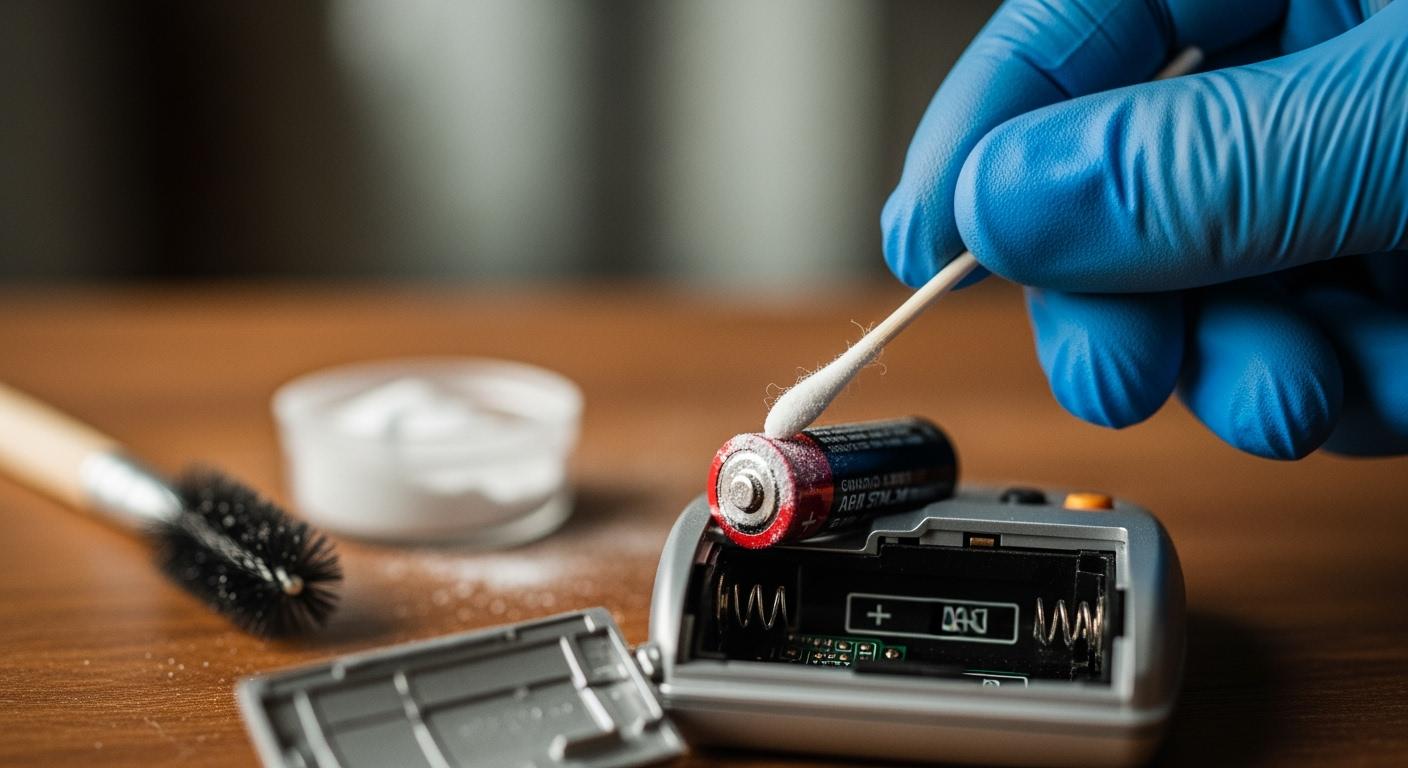 May.2025.12.22How to clean battery corrosion?Learn More
May.2025.12.22How to clean battery corrosion?Learn More -

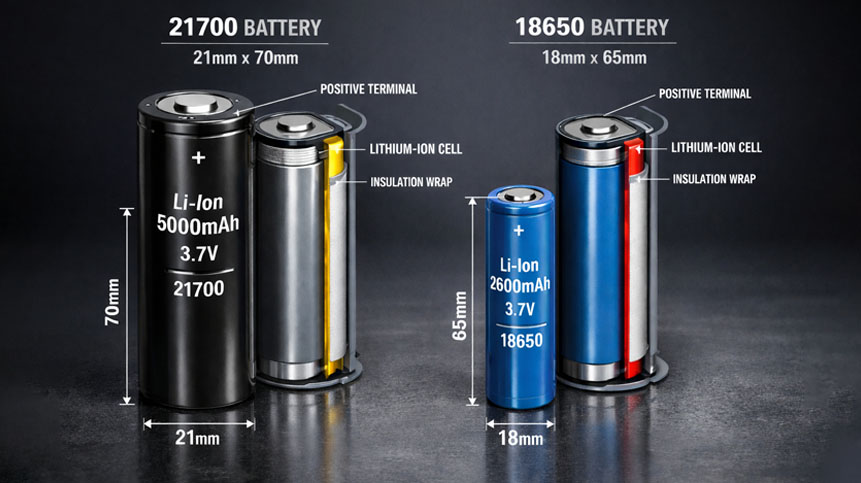 May.2025.12.2021700 Battery: Meaning, Comparison with 18650, and How to Choose the Best QualityLearn More
May.2025.12.2021700 Battery: Meaning, Comparison with 18650, and How to Choose the Best QualityLearn More -

 May.2025.12.19Medical Device 18650 Rechargeable Battery: What Buyers Must Evaluate?Learn More
May.2025.12.19Medical Device 18650 Rechargeable Battery: What Buyers Must Evaluate?Learn More -

 May.2025.12.19Common voltage types of lithium polymer batteries for different applicationsLearn More
May.2025.12.19Common voltage types of lithium polymer batteries for different applicationsLearn More




